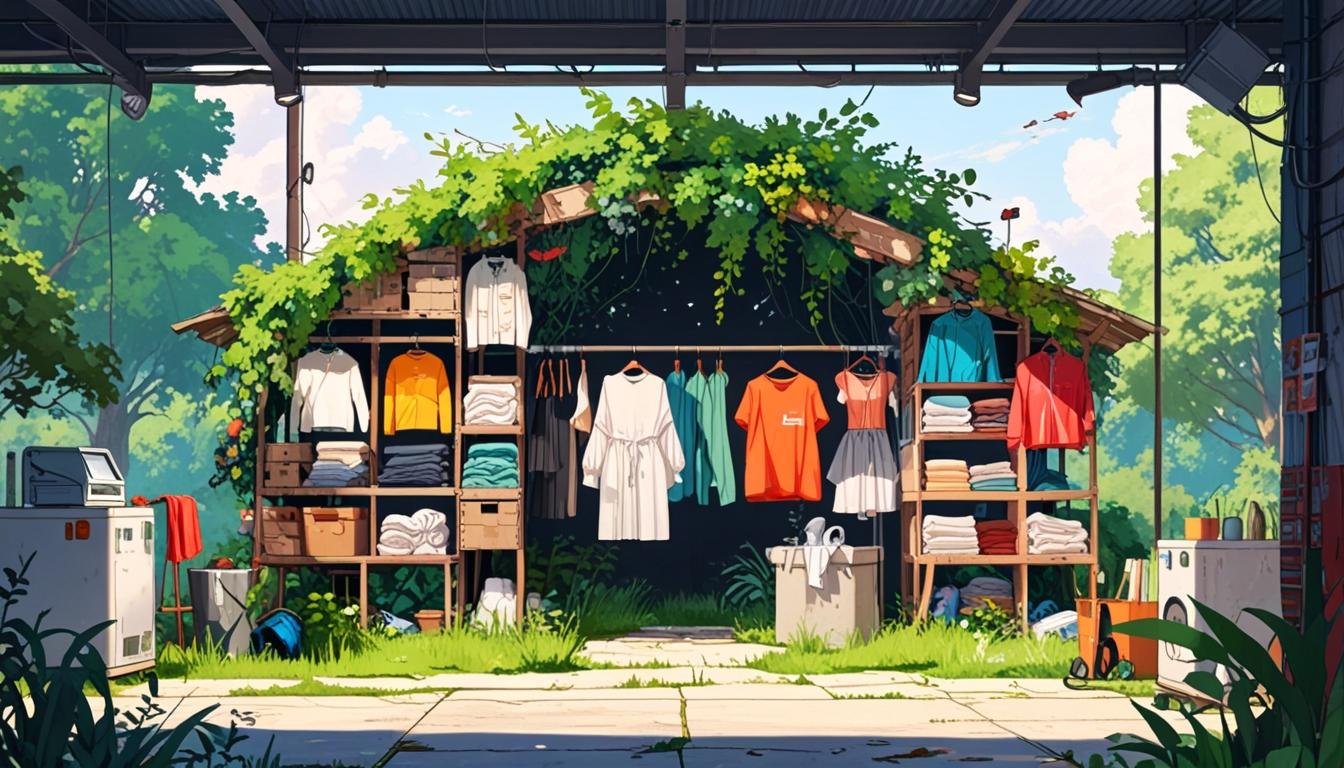The Dutch textile industry confronts the urgent need to tackle fast fashion and overconsumption while striving for a sustainable, circular textile chain by 2050.
The Dutch textile industry is at a pivotal moment as it grapples with the dual challenges of fast fashion and overconsumption which have contributed to a growing waste problem. With a commitment to establishing a fully circular textile chain by the year 2050, the Netherlands is actively seeking solutions to this pressing issue.
Ghalia Nassar, a consumer researcher at Wageningen Social & Economic Research, is currently investigating the landscape of textile recycling within the country. In her assessment, she highlights that, “At present, only a small proportion of textile waste is actually recycled into new garments. Most collected textiles end up in downcycling processes, such as the production of insulation materials or cleaning cloths, leading to a loss of material value. Moreover, a significant portion of textile waste remains unregistered or ends up in landfill or incineration.”
To navigate the complexities of achieving circularity in textile recycling, Nassar utilizes the Butterfly framework, a model developed by her institution that assesses the technical, ecological, and socio-economic dimensions of the recycling process. According to her, “The Butterfly framework provides a systems approach. Textile recycling is rarely studied from such an integrated perspective, so this offers a nuanced and holistic understanding of the recycling system that is necessary for successful transitions.”
Nassar emphasizes several key challenges impeding progress towards a circular textile economy. One major technical barrier is the prevalence of garments made from blended fabrics, such as cotton and polyester, which pose significant recycling difficulties. Mechanical recycling often results in the degradation of fibers and loss of quality, while chemical recycling methods are still in their nascent stages and prove to be costly.
Moreover, regulatory hurdles exist. From 2025, European Union member states are required to arrange for separate textile collection, but the specifics of this implementation remain uncertain. The legislative landscape regarding recycled materials is fragmented, which complicates innovation in the sector.
Consumer habits also play a crucial role in this issue. Many individuals are not fully aware of the impacts of their clothing choices, and there is a noticeable trend towards favoring inexpensive, newly-produced clothing over sustainable alternatives, which typically come at a higher cost. This tendency stifles demand for recycled fabrics, which currently struggle to compete with cheaper, virgin materials.
Despite these barriers, Nassar believes there are significant opportunities within the textile recycling transition. She notes, “Smarter recycling technologies and circular product design—where garments are created with reuse in mind from the outset—can help increase recycling rates. In addition, closer collaboration between governments, businesses, and consumers is essential.”
In light of these insights, Nassar contends that government policies and subsidies aimed at fostering sustainable innovation are critical, alongside private sector investment in sustainable production methods and collection strategies. She underscores that the key to moving forward lies in shifting consumer behaviors towards more conscious consumption practices.
“Our WSER research provides a valuable foundation for researchers, policymakers, and businesses to take collective steps towards a more sustainable value chain for textiles,” Nassar added. She further expressed a desire for the circular economy to prioritize environmental impacts over purely economic benefits, which would facilitate a reduction in material flows and foster genuine shifts in consumer behavior patterns within the fashion industry.
Source: Noah Wire Services




